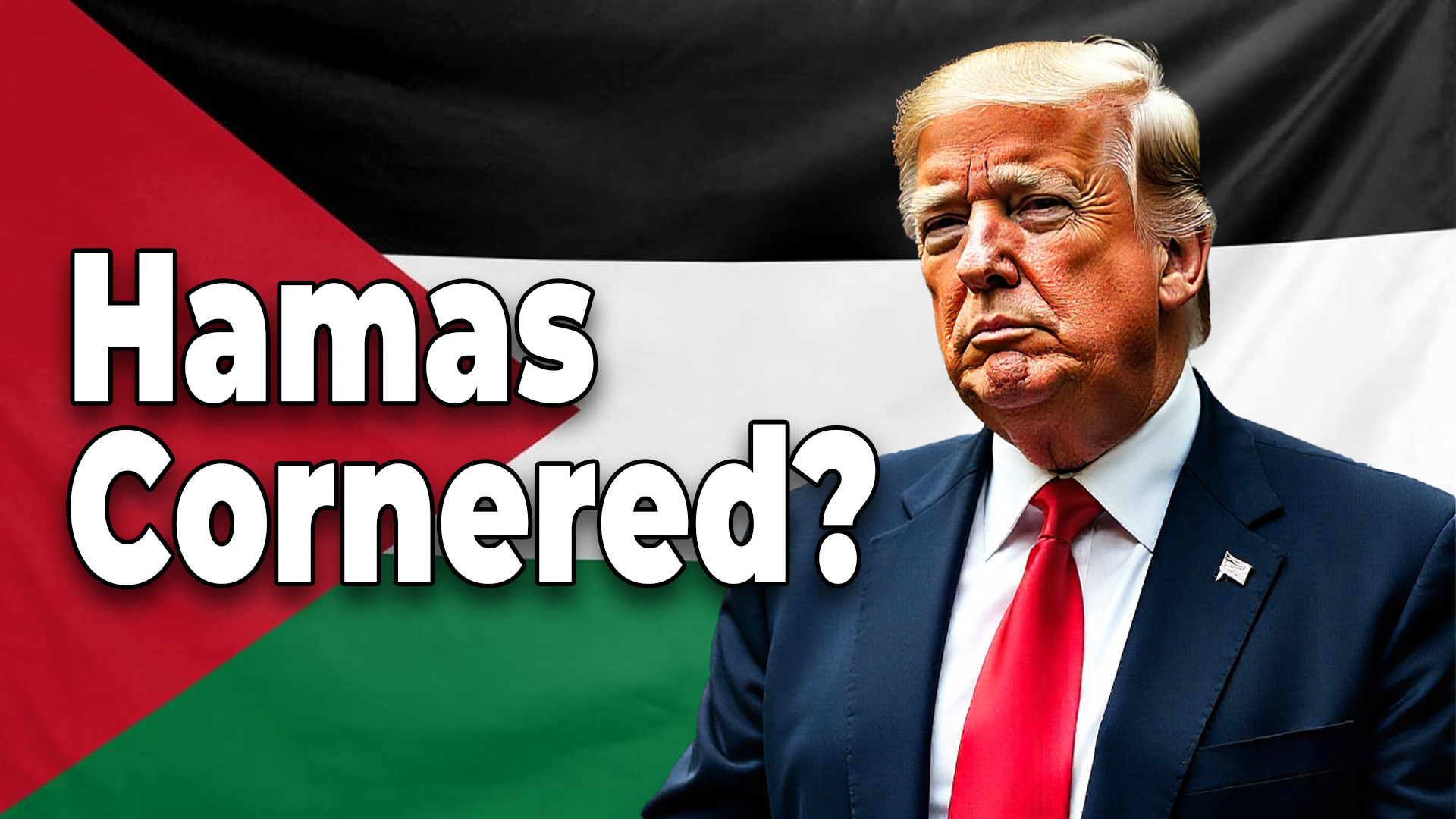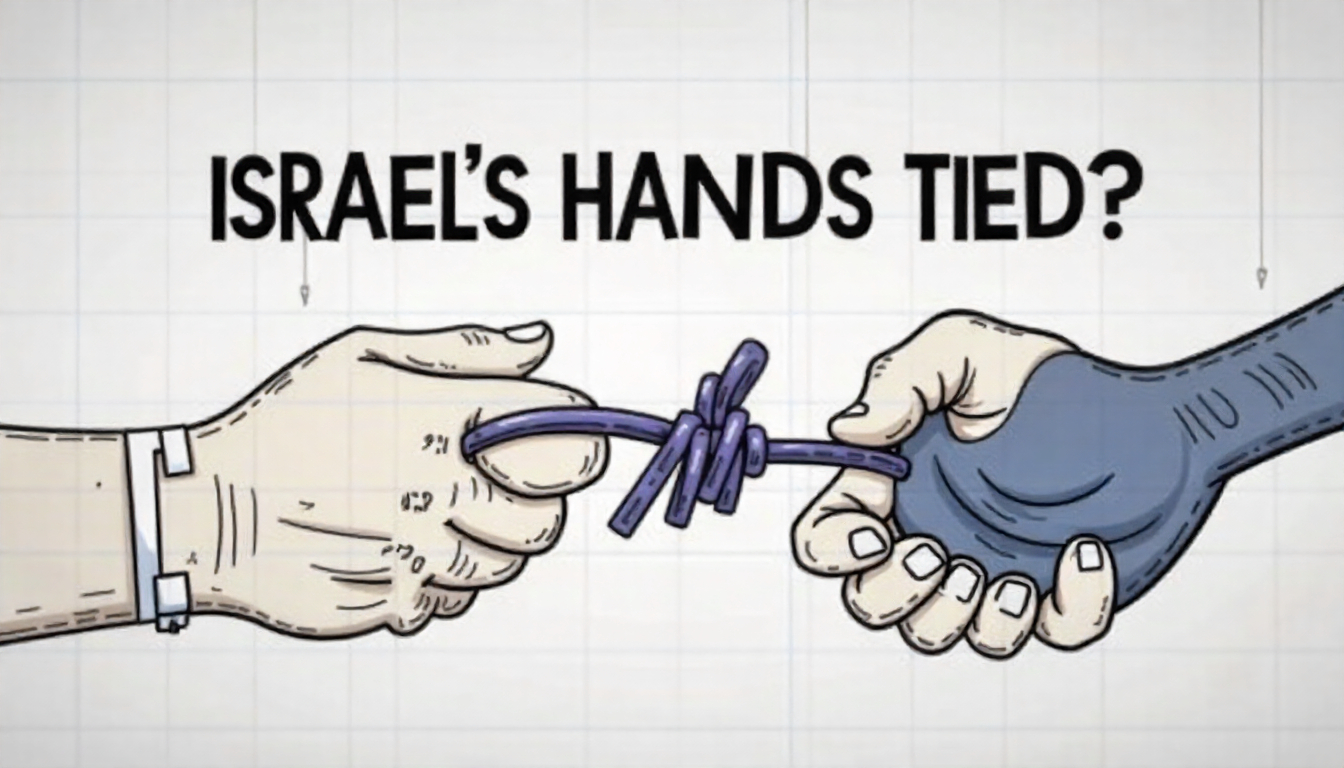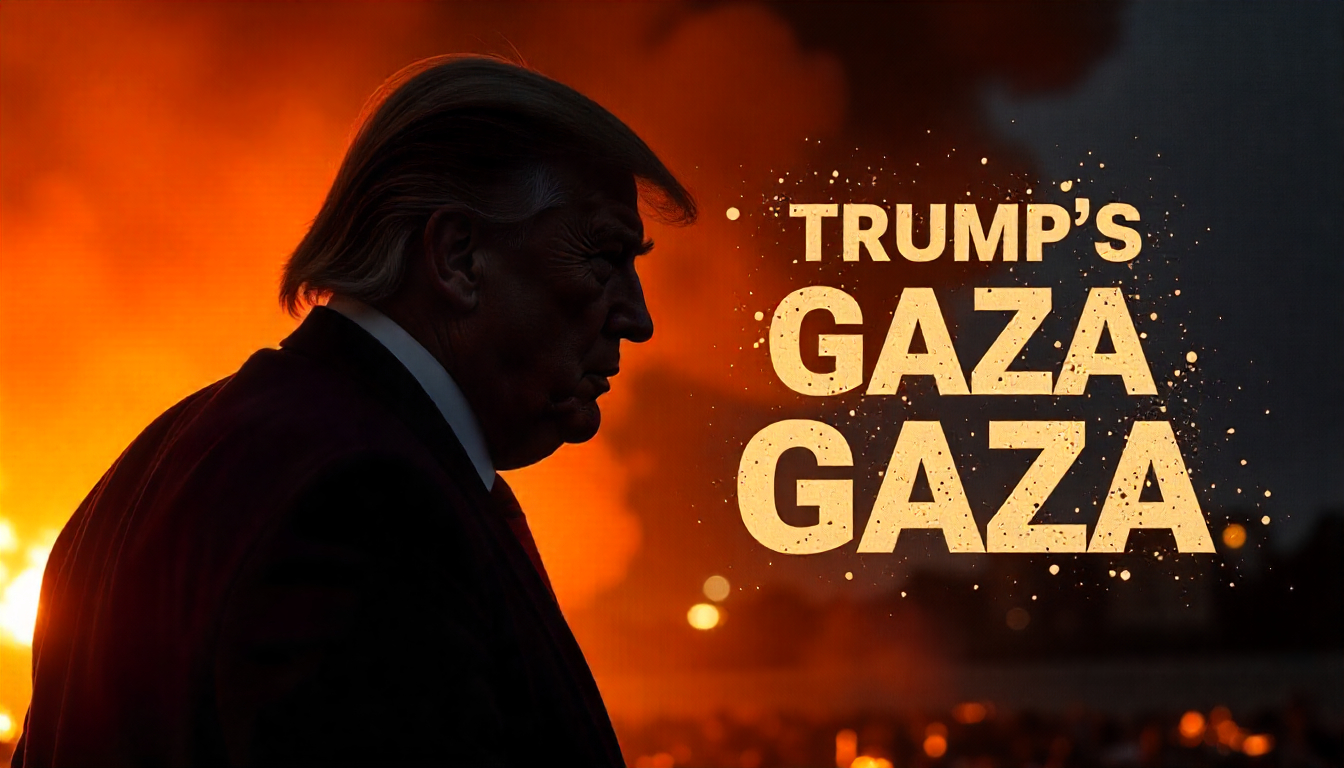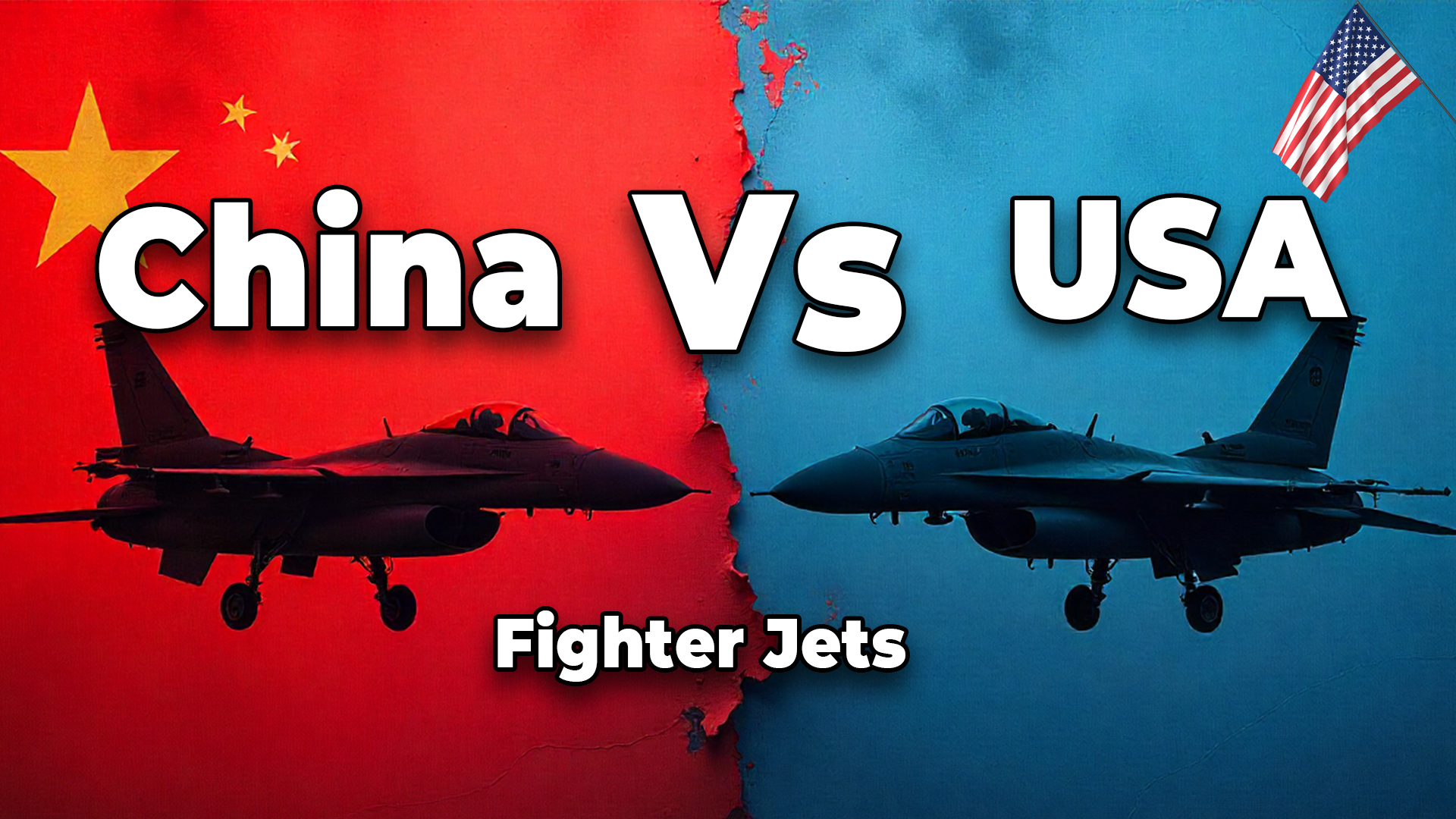The Unexpected Turn Toward Peace
In a surprising turn of events, Hamas has agreed to the first stage of President Donald Trump’s 2025 Gaza Peace Deal — releasing all remaining Israeli hostages in exchange for Israel’s partial military withdrawal from key positions inside the Gaza Strip. The development, hailed by Trump as a “historic breakthrough,” marks the first concrete progress in months of brutal warfare and failed ceasefires.
Israeli forces, in response, have reportedly pulled back from several areas around Khan Younis and Rafah, reducing troop presence and easing bombardments. Prime Minister Benjamin Netanyahu described the move as “a strategic repositioning, not retreat,” insisting that the withdrawal was conditional on Hamas’s continued cooperation with the broader peace framework.
However, while Hamas’s willingness to release hostages shows a rare moment of pragmatism, its silence on the second phase of Trump’s peace plan — including disarmament and political restructuring — reveals that this fragile truce may only be temporary.
Trump’s Gaza Ultimatum: Will Hamas Say No? What Israel Might Do Next
How Hamas Was Driven to the Negotiation Table
To understand why Hamas finally agreed to even partial terms, one must look back at the series of devastating events that systematically eroded its leverage.
By early 2025, the militant group had suffered some of the most punishing military and political setbacks in its history. Israeli airstrikes had targeted and eliminated several top commanders, including military chief Marwan Issa in February and senior strategist Ayman Nofal in April. Intelligence operations, aided by U.S. satellite surveillance, destroyed more than 70% of Hamas’s tunnel networks — the backbone of its logistics and defense system.
The humanitarian situation in Gaza further compounded the pressure. Months of fuel shortages, water scarcity, and restricted food aid had turned public sentiment sharply against Hamas. Civilian protests in parts of Deir al-Balah and Jabalia in June 2025 — rare in Gaza’s tightly controlled environment — showed rising frustration, as residents accused Hamas of prolonging their suffering.
Diplomatically, Hamas also found itself isolated. Qatar and Turkey, once among its strongest backers, began urging the group to accept Trump’s deal. Egypt, which mediated indirect talks, reportedly warned Hamas leaders that further resistance would mean “total military collapse.” With dwindling resources, international pressure, and internal unrest, Hamas entered the peace talks from a position of weakness it had never experienced before.
Trump’s “Final Deal”: Peace or Surrender?
Trump’s proposal, officially titled “The Roadmap for Lasting Peace in Gaza,” was presented as a comprehensive solution to the decades-long conflict. Its first phase — hostage release and partial Israeli withdrawal — has now been completed. But the remaining conditions go far beyond a ceasefire; they strike at the very foundation of Hamas’s identity.
The peace plan demands complete disarmament of Hamas’s military wing, the handover of heavy weapons to an international coalition led by the U.S. and Egypt, and international oversight of Gaza’s borders. It also calls for the formation of a transitional government that excludes Hamas’s current leadership, placing administrative authority under Arab League supervision.
Most controversially, Trump’s deal requires Hamas to recognize Israel’s right to exist as a Jewish state — a clause Hamas has long rejected as incompatible with its charter.
In exchange, Trump has promised $20 billion in reconstruction funds, security guarantees, and what he describes as “the economic rebirth of Gaza.”
“This is the deal that ends decades of terror and bloodshed,” Trump declared during a July 2025 press conference. “Hamas can choose prosperity or destruction. They know what to do.”
Hamas’s Silence on Disarmament and Recognition
Despite its agreement on hostages, Hamas has remained completely silent on Trump’s most significant demands — disarmament and recognition of Israel. Senior figures within the group have privately called these terms “humiliating” and “tantamount to surrender.”
The reason is clear: disarmament would effectively dismantle Hamas’s military and political power. Recognition of Israel, meanwhile, would alienate much of its remaining support base in Gaza and the wider Arab world. Analysts believe Hamas may attempt to negotiate a phased or partial disarmament, but Israel and the U.S. have already indicated that anything less than total compliance will be unacceptable.
Without clarity on these points, the peace deal hangs in limbo — a fragile arrangement where both sides claim progress but mistrust remains absolute.
Trump and Netanyahu’s Coordinated Pressure Campaign
The success of Trump’s peace push lies not in diplomacy alone but in the combined force of military, economic, and political coercion. Working closely with Israeli Prime Minister Benjamin Netanyahu, Trump pursued a “maximum pressure” strategy that mirrored his earlier foreign policy approach toward Iran and North Korea.
While the U.S. publicly positioned itself as a mediator, it also bolstered Israel’s military campaign by sharing real-time intelligence and tightening sanctions against individuals accused of funding Hamas. Trump’s newly rebranded Department of War (formerly the Pentagon) coordinated with regional allies to intercept arms shipments and cut Hamas’s remaining supply chains through Egypt and Sudan.
Netanyahu, for his part, delivered an unyielding message:
“Hamas can take the deal, or we will finish the job. This time, there will be no halfway peace.”
This dual pressure — diplomatic from Trump, military from Israel — left Hamas cornered, its options reduced to two: capitulation or collapse.
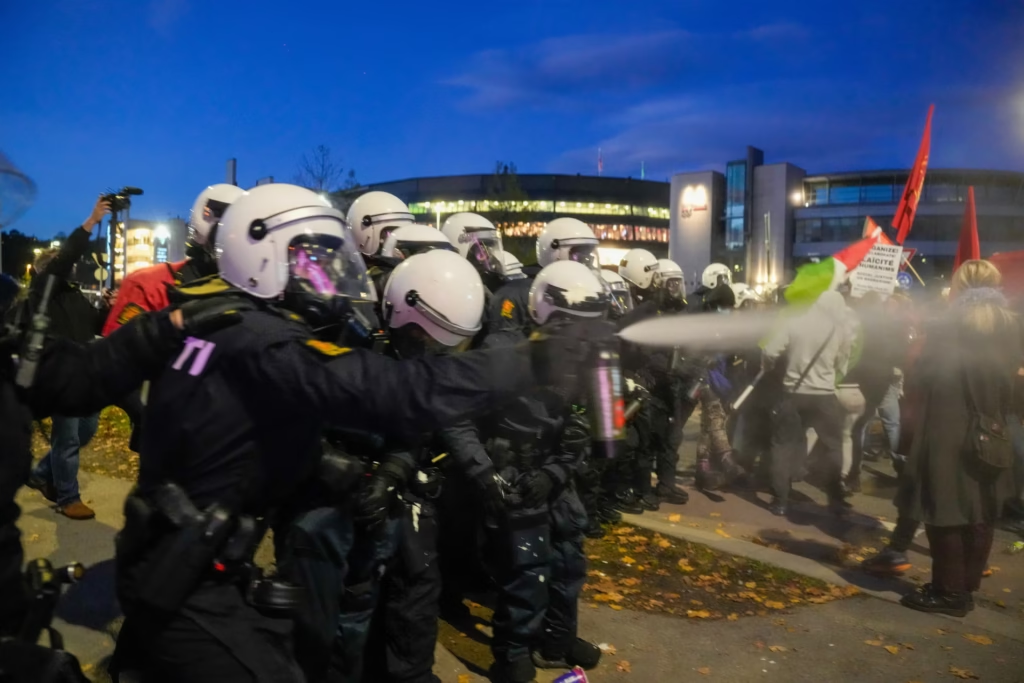
Police spray deterrent at pro-Palestinian protesters outside Ullevaal Stadium during the World Cup qualifying soccer between Norway and Israel, Saturday, 11 October, 2025, in Oslo, Norway. Photograph: Javad Parsa/AP
Why the Peace Still Feels Fragile
While the hostage release and partial Israeli withdrawal mark progress, the underlying terms of the peace proposal reveal a fragile equilibrium. The demand for full disarmament, exclusion of Hamas from governance, and recognition of Israel are all nonstarters for the group’s ideological core.
Furthermore, the plan sidesteps broader Palestinian issues, such as West Bank settlements, Jerusalem’s status, and long-term statehood. Without addressing these political dimensions, the agreement risks becoming another temporary truce — a pause in fighting rather than the beginning of reconciliation.
Dr. Leila Haddad, a political scientist at the University of Beirut, warned,
“What we’re seeing isn’t peace by dialogue — it’s peace by exhaustion. Hamas didn’t agree; it simply ran out of options.”
A Peace Built on Pressure, Not Trust
For Trump, the hostage release and troop pullback are symbolic victories — proof that his “peace through strength” doctrine works. His supporters hail it as a masterstroke of negotiation; critics call it coercion disguised as diplomacy.
Yet beneath the triumph lies an unresolved tension. If Hamas refuses to comply with the next phases of the deal, Israel is likely to resume full-scale operations. Netanyahu has made clear that “the job will be finished” if Hamas backtracks.
For Gaza’s civilians, the situation remains precarious. Reconstruction funds have yet to materialize, and humanitarian conditions remain dire. The promise of “economic revival” still feels distant, as fear and uncertainty linger in the ruins of a war that has taken everything but hope.
Conclusion
Hamas’s agreement to release hostages and Israel’s partial withdrawal mark the first real progress toward peace in years — but also reveal the limits of pressure-based diplomacy. Hamas has been cornered, not convinced. Trump and Netanyahu have forced a pause in violence, yet the unresolved questions — disarmament, political legitimacy, and statehood — ensure that the road to lasting peace remains perilous.
Until those issues are confronted head-on, Trump’s Gaza Peace Deal will stand less as a resolution and more as a reminder that in the Middle East, peace achieved under duress often proves temporary.

